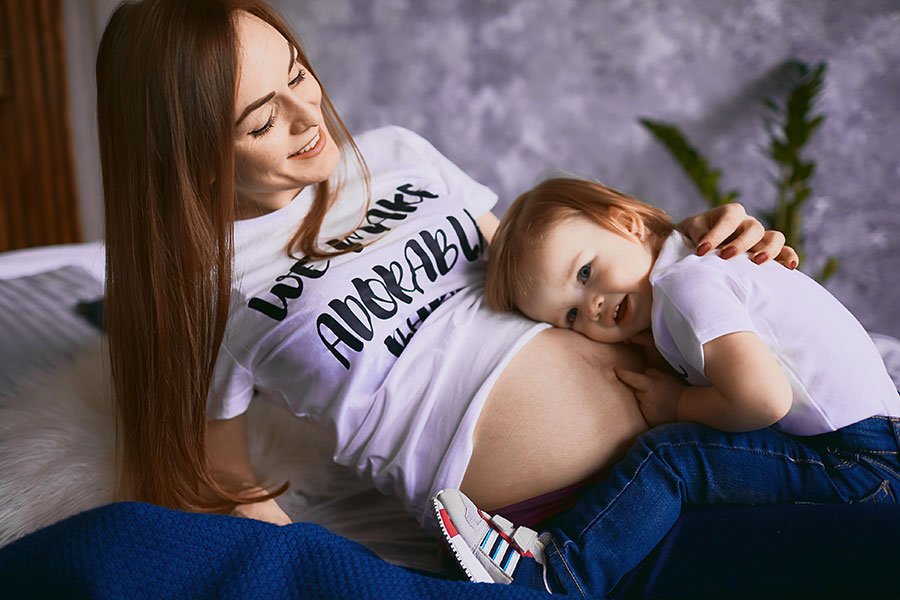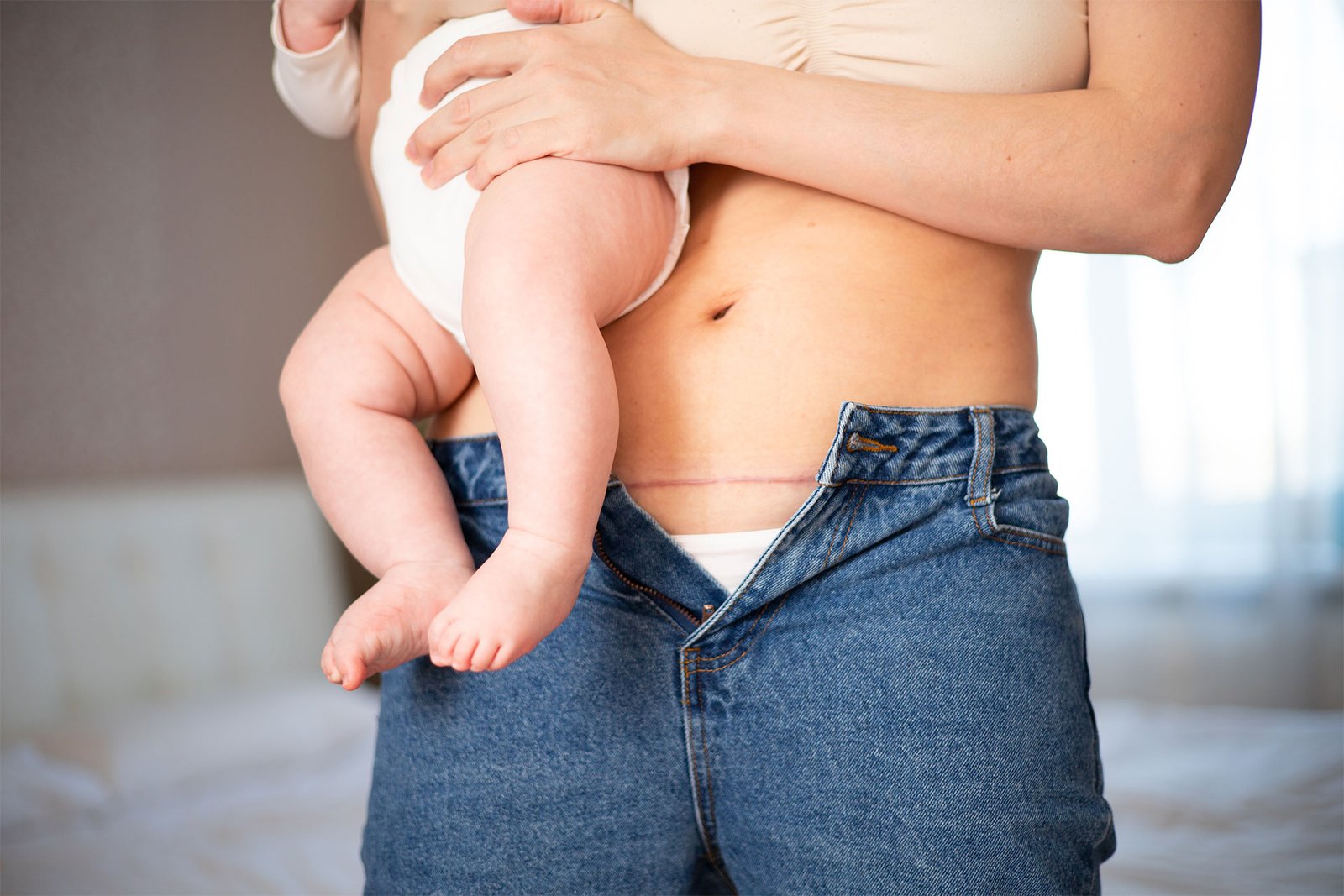Mother’s Postpartum Weight Loss
Bringing a new life into the world is nothing short of miraculous—but for many new moms, the postpartum weight loss journey also comes with the quiet challenge of reconnecting with their bodies. “From Bump to Balance” isn’t about bouncing back overnight; it’s about rebuilding strength, confidence, and well-being in a way that honors the body that just performed one of life’s greatest feats.
1. Redefining the Postpartum Body
After pregnancy, your body has changed—perhaps temporarily, perhaps permanently—and that’s okay. From stretch marks to a soft belly, these physical signs are reminders of the life you carried. The first step to reclaiming your body isn’t weight loss—it’s respect. Accepting your current state and appreciating what your body has accomplished builds the foundation for lasting transformation.
2. When to Start Postpartum Weight Loss
Every woman’s recovery timeline is different. Most doctors recommend waiting 6–8 weeks after a vaginal birth and potentially longer after a C-section before beginning structured exercise. Always consult your healthcare provider before starting any postpartum weight loss plan. It’s not about rushing; it’s about healing and readiness.
3. Nutrition That Supports Healing and Weight Loss
Weight loss after delivery isn’t about dieting—it’s about nourishment. Focus on whole foods rich in fiber, protein, healthy fats, and complex carbs:
Protein: Supports tissue repair and keeps you full longer
Leafy greens & veggies: Provide essential nutrients and aid digestion
Healthy fats: Found in nuts, avocados, and olive oil, they help with hormone balance
Hydration: Especially important if you’re breastfeeding
Avoid crash diets—they can affect your milk supply, energy, and mood.
4. Gentle Movement to Rebuild Strength
In the early weeks, your focus should be on rest and recovery. Once cleared by your doctor, begin with:
Walking: Low-impact and great for mental clarity
Pelvic floor exercises (Kegels): Vital for core strength and bladder control
Postnatal yoga or pilates: Helps restore flexibility and core stability
As your strength returns, you can gradually reintroduce resistance training or cardio workouts.
5. Sleep and Stress: The Invisible Barriers to Postpartum Weight Loss
Postpartum fatigue is real. Sleep deprivation and stress can sabotage weight loss by affecting hormones like cortisol, which increases fat storage. While 8 hours of sleep may be unrealistic, prioritize rest where you can:
Nap when the baby naps
Ask for help from family or a partner
Practice deep breathing or mindfulness to reduce stress
Even 10–15 minutes of self-care a day makes a difference.

6. Breastfeeding and Weight Loss: A Double-Edged Sword
While breastfeeding can help some moms burn extra calories, it also increases appetite and energy demands. If you’re breastfeeding, weight loss may be slower—and that’s okay. The focus should be on fueling your body to nourish both you and your baby.
7. Setting Realistic Expectations
Your body took 9 months to grow a baby. Give yourself at least that much time—if not more—to safely return to your pre-pregnancy weight (if that’s your goal). More importantly, shift your mindset:
Measure progress by energy, strength, and how you feel
Avoid comparisons with celebrities or social media moms
Celebrate small wins: better sleep, stronger core, improved mood
Final Thoughts: It’s a Journey, Not a Race
“Reclaiming your body” isn’t about erasing the signs of motherhood—it’s about rediscovering your strength, embracing your evolution, and finding balance in your new role. Give yourself grace, time, and compassion. After all, you’re not just recovering—you’re rising.



